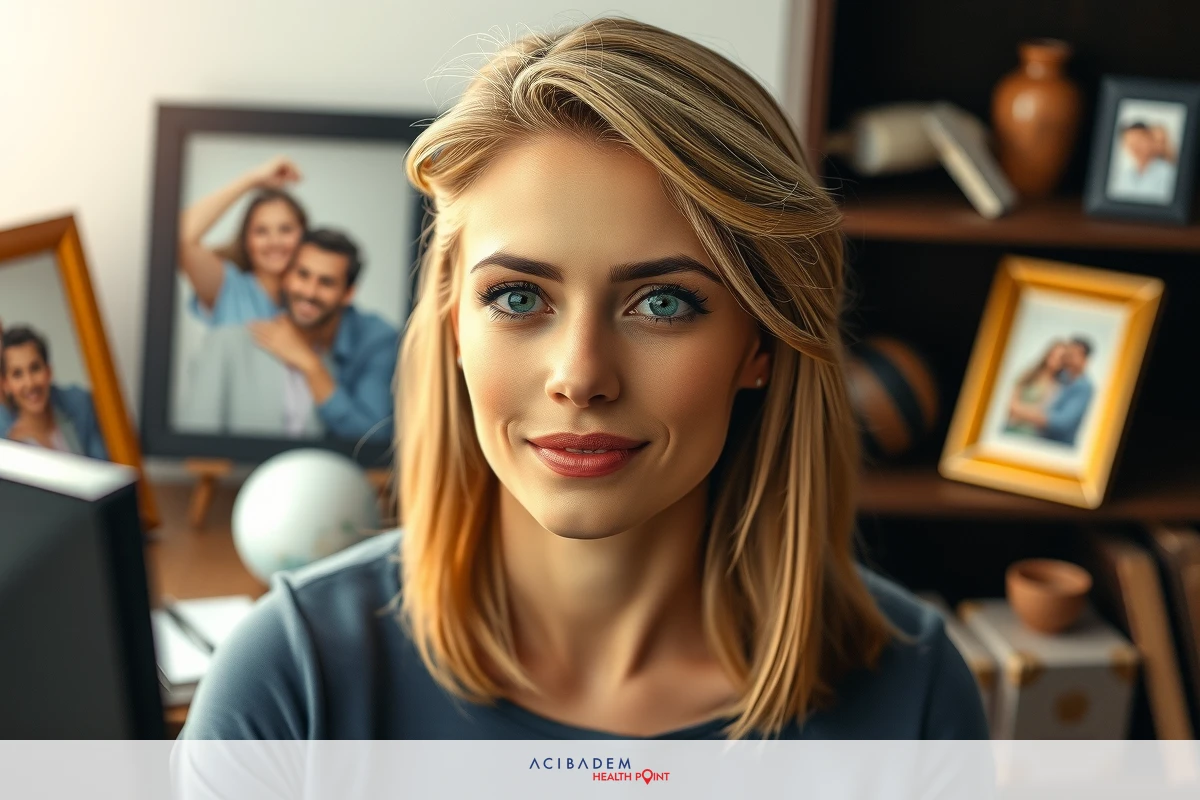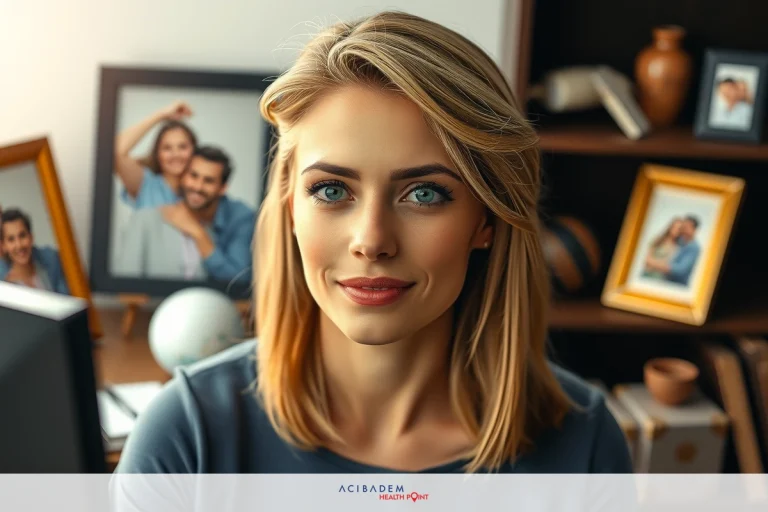Can Nose Bump Come Back After Rhinoplasty?
Can Nose Bump Come Back After Rhinoplasty? Rhinoplasty, the artful reshaping of the nose, presents an intriguing paradox. It is fascinating to see how one alteration can enhance facial symmetry and boost confidence. Yet, it also brings forward questions about potential recurrence of cosmetic concerns like a nose bump.
Patients often ask – Will my nose bump return post-rhinoplasty? To answer this question with certainty isn’t straightforward due to several contributing factors. These include individual healing patterns, genetic predisposition and post-operative care among others.
These variables helps us anticipate possible outcomes but does not offer absolute guarantees. The possibility exists that a patient may require revision surgery in some cases.
Causes of Nose Bumps
Nose bumps, a common concern leading individuals towards rhinoplasty, are often attributed to several causes. Genetics play a significant role in the shape and structure of our noses; some people naturally have a hump or bump on their nose due to inherited traits.
Injuries are another prevalent cause behind the formation of nose bumps. A broken or fractured nose can heal with an unsightly bump if not treated properly at the time of injury. Moreover, sometimes certain lifestyle factors such as wearing heavy glasses over a prolonged period may result in pressure-induced changes that evolve into noticeable bumps.
The growth of these nose bumps is largely passive – they don’t sprout overnight but gradually take form over time due to sustained influence from causative factors. Rhinoplasty helps eliminate these unwanted nasal features enhancing aesthetic appeal and function alike.
Surgical techniques during rhinoplasty also contribute significantly to post-operative outcomes including the potential recurrence of a nose bump. Choosing an experienced surgeon who understands your unique facial anatomy is crucial here for accurate reshaping without risking inadvertent damage that might lead to irregularities like reformed bumps down the line.
Postoperative care following rhinoplasty cannot be stressed enough either when we talk about preventing unwanted developments such as recurrent nose bumps. Swelling after surgery may mask underlying issues which become apparent only once healing progresses further accentuating imperfections if any in surgical execution.
Lastly, it’s important noting that even after successful surgery and comprehensive post-op care, there’s always room for unpredictability owing primarily to individual healing patterns and genetic predispositions again coming into play here.
Preventing Recurrence
The journey towards maintaining a smooth, bump-free nose post-rhinoplasty involves conscientious care and attention. While genetics and other uncontrollable factors may impact the final outcome, there are still steps one can take to minimize the chances of recurrence.
Firstly, choosing an experienced rhinoplasty surgeon is paramount. Surgeons with extensive experience in nasal surgeries understand the intricate anatomy of the nose better and are adept at making precise alterations that reduce the likelihood of a bump forming again.
Secondly, following your surgeon’s post-operative instructions thoroughly aids in successful recovery. These

guidelines usually encompass wound care, medications to manage pain or prevent infections, sleeping positions to avoid pressure on the operated area and signs of complications you should watch out for.
Thirdly, it’s recommended to refrain from activities that could potentially injure your nose during healing stages such as contact sports or any activity involving potential risk for facial impacts.
Next up is regular follow-up appointments with your surgeon. These scheduled visits allow surgeons to monitor healing progress closely correcting minor issues before they escalate into problematic bumps needing revision surgery.
Lastly but importantly too – patience! Healing after rhinoplasty takes time; rushing through it only risks compromising results including paving way for unwanted features like recurring nose bumps. Remember good things come those who wait!
Adhering strictly these measures while acknowledging inherent uncertainties involved helps ensure best possible outcomes maximizing satisfaction from your rhinoplasty journey.
Revision Options
In instances where a nose bump recurs post-rhinoplasty, the path forward often involves contemplating revision surgery. While no one cherishes the thought of undergoing another surgical procedure, sometimes it becomes necessary to address persistent or new cosmetic concerns. However, this decision should not be taken lightly as revision surgeries are typically more complex due to changes in nasal structures after the initial rhinoplasty.
The first step when considering a revision is scheduling an in-depth consultation with your surgeon or seeking a second opinion from another experienced professional if desired for validation. This meeting serves primarily two purposes – understanding why the original surgery didn’t deliver expected results and discussing feasible solutions that would rectify prevailing issues without compromising nose functionality.
During such consultations, surgeons employ diagnostic tools like 3D imaging technology which helps visualize potential outcomes from various corrective procedures before making any definitive decisions. In certain cases, non-surgical methods may suffice too especially when dealing with minor irregularities due to residual swelling gradually subsiding over time.
Revision options depend largely on what caused a recurrent nose bump following initial rhinoplasty. For instance, if excess cartilage remains unaddressed during primary surgery leading to resurgence of the original bump then surgeons might recommend secondary rhinoplasty focusing specifically on sculpting down remaining cartilage for smoother contouring.
On other hand if scar tissue formation causes raised areas giving appearance similar bumps then treatment could involve steroid injections breaking down excessive fibrous tissues restoring smoother surface texture over several sessions spaced apart allowing gradual transformation avoiding risks related extensive surgical interventions wherever possible.
Regardless chosen approach though paramount importance lies ensuring patient satisfaction while respecting their unique facial harmony thus creating aesthetically pleasing yet natural-looking results that last long beyond operating room doors!
Frequently Asked Questions
How long should I wait before considering revision rhinoplasty if a nose bump recurs?
Revision surgery is generally not recommended until at least one year after the initial procedure. This time allows for complete healing and settling of tissues, providing a clear picture of what needs to be addressed.
Can non-surgical methods correct recurrent nose bumps effectively?
Non-surgical treatments like dermal fillers or steroid injections may help in certain cases, especially with minor irregularities. However, these are temporary solutions and might not offer the same level of correction as surgical intervention.
What are the risks involved in revision rhinoplasty?
As with any surgical procedure, risks include infection, bleeding, adverse reactions to anesthesia etc. Specific to revision rhinoplasty there could be further alteration in nasal function or appearance which could require additional surgeries.
Does my choice of surgeon affect the chances of recurrence?
Yes! Choosing an experienced and skilled rhinoplasty surgeon can significantly reduce potential complications including recurrence of cosmetic concerns like nose bumps.











